Not all the work was of Man, there is also a category of animals as workers. The following is a biography of Animal Workers 7.
1. Bedbug-sniffing Dog
This dog is known for his nose has a super strong sense of smell. At this time the dogs are used to sniff out bedbugs growth throughout the United States. Bedbugs are small insects that hide in furniture, bedding and wall, and suck human blood. With its small size, the bugs hard to know where unless we feel itchy after a bite then we know it existed.
But dogs have a more sensitive sense of smell than humans (220 million versus 5 million smell receptors) that can easily know where bedbug (bedbugs). Researchers at the University of Florida have teamed up with bedbug inspectors across the United States to train this dog smell the stink bugs. The result is 96 percent accurate.
But dogs have a more sensitive sense of smell than humans (220 million versus 5 million smell receptors) that can easily know where bedbug (bedbugs). Researchers at the University of Florida have teamed up with bedbug inspectors across the United States to train this dog smell the stink bugs. The result is 96 percent accurate.
2. Bomb-sniffing Bees
Dogs are not the only living things that have the ability penciman strong. For hunters, the bees follow her antennae that serve as sites for food odor receptors. They also use chemical pheromones to communicate.
According to the British company Inscentinel, Ltd. bee skills will be very useful for detecting explosives. A collection of bees can respond to scent materials such as TNT. Within a few hours, the bees learn to accentuate their proboscises in response to the target odor. The bees are put into a device that looks like a hand-held vacuum cleaner.
According to the British company Inscentinel, Ltd. bee skills will be very useful for detecting explosives. A collection of bees can respond to scent materials such as TNT. Within a few hours, the bees learn to accentuate their proboscises in response to the target odor. The bees are put into a device that looks like a hand-held vacuum cleaner.
3. Mine-sweeping Dolphins
The U.S. Navy has long used the dolphins (and sea lions) to restore the equipment in deep water, the harbor patrol to search for underwater intruders and found something suspicious. Perhaps attributes dolphins' biggest is their ability to echolocate (sound waves bouncing off an object to "see"). It is very useful for finding mines in the dark in sediment-rich waters. Some fleet trained dolphins to find mines and mark making it easier for humans to remove / blow.
4. Guard llama (llama Guard)
With big ears and long eyelashes, llama looks like some sort of Muppet. But these animals are cuddly when predators such as coyotes (coyotes) come to call. They will raise the alarm, move the herd them to save themselves, often chasing and kicking the intruder.
That aggressive response has been made to the natural guardian llama a flock of sheep and herds of goats. In 1994, Iowa State University researchers reported that after the introduction of the guard llama, sheep producers have reported a decline in lost sheep who escaped from 11 percent to only 1 percent. Eighty percent of American sheep farmers Serika mention llama "effective" or "highly effective" in reducing coyote attack. And the researchers note, many owners report that the guard llama "demonstrated interest in and engagement with young lambs."
That aggressive response has been made to the natural guardian llama a flock of sheep and herds of goats. In 1994, Iowa State University researchers reported that after the introduction of the guard llama, sheep producers have reported a decline in lost sheep who escaped from 11 percent to only 1 percent. Eighty percent of American sheep farmers Serika mention llama "effective" or "highly effective" in reducing coyote attack. And the researchers note, many owners report that the guard llama "demonstrated interest in and engagement with young lambs."
5. Anglers Birds Cormorant (Cormorant Fishing)
Cormorants are "natural fisherman", diving and scooped the fish with a long beak. For fishermen in Japan and China, large and black water birds act as live fish nets.
Traditional bird trip begins with a torch to illuminate the water and attract fish. Fishermen tie strings around the base of the bird's neck so that the birds will not be able to swallow the big fish. But when the birds catch a big fish so fishermen immediately pull the bird back to the raft where the bird spit the fish out.
Traditional bird trip begins with a torch to illuminate the water and attract fish. Fishermen tie strings around the base of the bird's neck so that the birds will not be able to swallow the big fish. But when the birds catch a big fish so fishermen immediately pull the bird back to the raft where the bird spit the fish out.
6. Truffle-hunting Pig
Truffle is a fungus that grows thick and in the soil (the middle of the root of the tree) even unappetizing but it is a delicious culinary. Truffles routinely sell for thousands of dollars per pound. In a record-breaking sales, a Macau businessman paid $ 330,000 for a 3.3 pound (1.5 kilogram) specimen.
According to the "Wild about Mushrooms: The Cookbook of the Mycological Society of San Francisco" (Aris Books, 1987), issued a truffle smell like boars, which means that the sow will come over. Truffle Pig Hunters are still used to help in the search for this type of fungus. In recent years, a shift in which many people do not use these types of pigs and replace it with a dog.
According to the "Wild about Mushrooms: The Cookbook of the Mycological Society of San Francisco" (Aris Books, 1987), issued a truffle smell like boars, which means that the sow will come over. Truffle Pig Hunters are still used to help in the search for this type of fungus. In recent years, a shift in which many people do not use these types of pigs and replace it with a dog.
7. Sea lion Research (Sea Lion Scientists)
Humans have a limited ability to explore the open sea. Man can not dive and breathe underwater longer. Meanwhile, unmanned submarine robots are very expensive and complex.
So to map the deep blue sea, researchers have turned to the animals that live there. Sea lions, sea turtles, sharks and tuna are living creatures that used by the Tagging of Pacific Predators program, a multi-agency project that has tracked more than 2,000 animals. Small tag sends data on ocean temperature, salinity, depth and others to scientists via satellite. Some information tell investigators about the animals and other data useful for mapping the different marine ecosystems. In other words, Tagging of Pacific Predators serve as a research assistant, the daily routine of these animals can add human scientific knowledge about the world.
So to map the deep blue sea, researchers have turned to the animals that live there. Sea lions, sea turtles, sharks and tuna are living creatures that used by the Tagging of Pacific Predators program, a multi-agency project that has tracked more than 2,000 animals. Small tag sends data on ocean temperature, salinity, depth and others to scientists via satellite. Some information tell investigators about the animals and other data useful for mapping the different marine ecosystems. In other words, Tagging of Pacific Predators serve as a research assistant, the daily routine of these animals can add human scientific knowledge about the world.
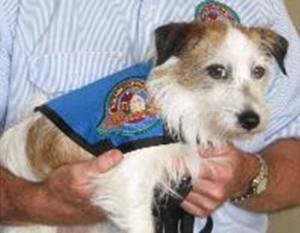
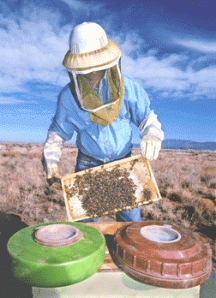
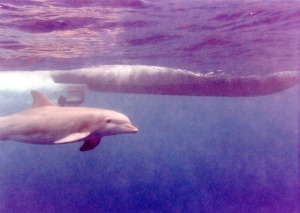
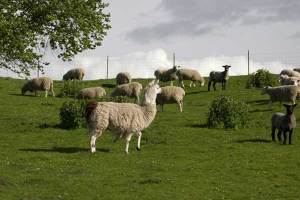
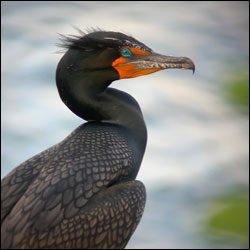
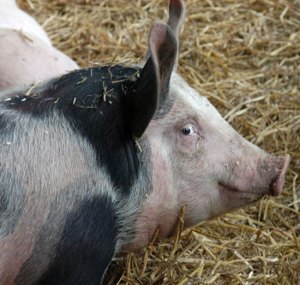
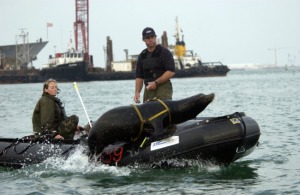
 :.
:.